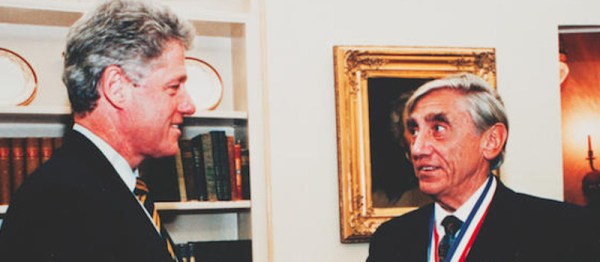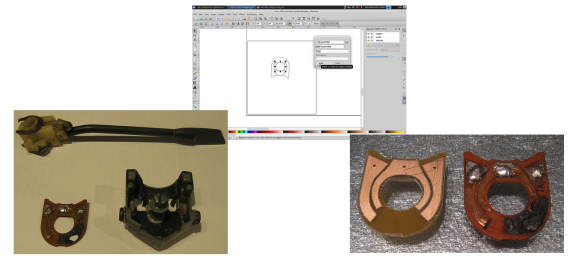When we create a printed circuit board, the chances are these days that we’ll export it through our CAD package’s CAM tool, and send the resulting files to an inexpensive PCB fabrication house. A marvel of the modern age, bringing together computerised manufacturing, the Internet, and globalised trade to do something that would have been impossible only a few years ago without significant expenditure.
Those files we send off to China or wherever our boards are produced are called Gerber files. It’s a word that has become part of the currency of our art, “I’ll send them the Gerbers” trips off the tongue without our considering the word’s origin.
This morning we’re indebted to [drudrudru] for sending us a link to an EDN article that lifts the lid on who Gerber files are named for. [H. Joseph Gerber] was a prolific inventor whose work laid the ground for the CNC machines that provide us as hackers and makers with so many of the tools we take for granted. Just think: without his work we might not have our CNC routers, 3D printers, vinyl cutters and much more, and as for PCBs, we’d still be fiddling about with crêpe paper tape and acetate.
An Austrian Holocaust survivor who escaped to the USA in 1940, [Gerber] began his business with an elastic variable scale for performing numerical conversions that he patented while still an engineering student. The story goes that he used the elastic cord from his pyjamas to create the prototype. This was followed by an ever-more-sophisticated range of drafting, plotting, and digitizing tools, which led naturally into the then-emerging CNC field. It is probably safe to say that in the succeeding decades there has not been an area of manufacturing that has not been touched by his work.
So take a look at the article, read [Gerber]’s company history page, his Wikipedia page, raise a toast to the memory of a great engineer, and never, ever, spell “Gerber file” with a lower-case G.













